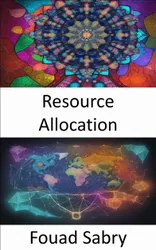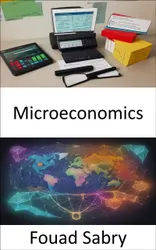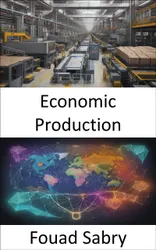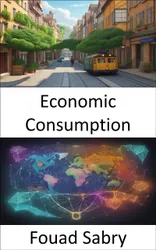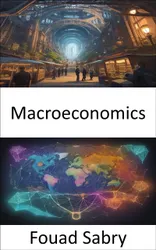What is Open Economy
One sort of economy is known as an open economy, which is characterized by the fact that not only domestic factors but also entities from other nations engage in the exchange of goods. The exchange of administrative expertise, the transmission of technological know-how, and any other kind of commodities and services can all be considered forms of trade. There are some exceptions that cannot be traded; for instance, the railway services of one country cannot be swapped with those of another country in order to take advantage of the service.
How you will benefit
(I) Insights, and validations about the following topics:
Chapter 1: Open economy
Chapter 2: Balance of trade
Chapter 3: David Ricardo
Chapter 4: Keynesian economics
Chapter 5: Free trade
Chapter 6: Comparative advantage
Chapter 7: Protectionism
Chapter 8: Rudi Dornbusch
Chapter 9: Export
Chapter 10: Terms of trade
Chapter 11: Non-tariff barriers to trade
Chapter 12: Circular flow of income
Chapter 13: International economics
Chapter 14: Export-oriented industrialization
Chapter 15: Mundell-Fleming model
Chapter 16: J curve
Chapter 17: International business
Chapter 18: Competition (economics)
Chapter 19: Import
Chapter 20: Participatory Economics
Chapter 21: Macroeconomic populism
(II) Answering the public top questions about open economy.
(III) Real world examples for the usage of open economy in many fields.
Who this book is for
Professionals, undergraduate and graduate students, enthusiasts, hobbyists, and those who want to go beyond basic knowledge or information for any kind of Open Economy.





